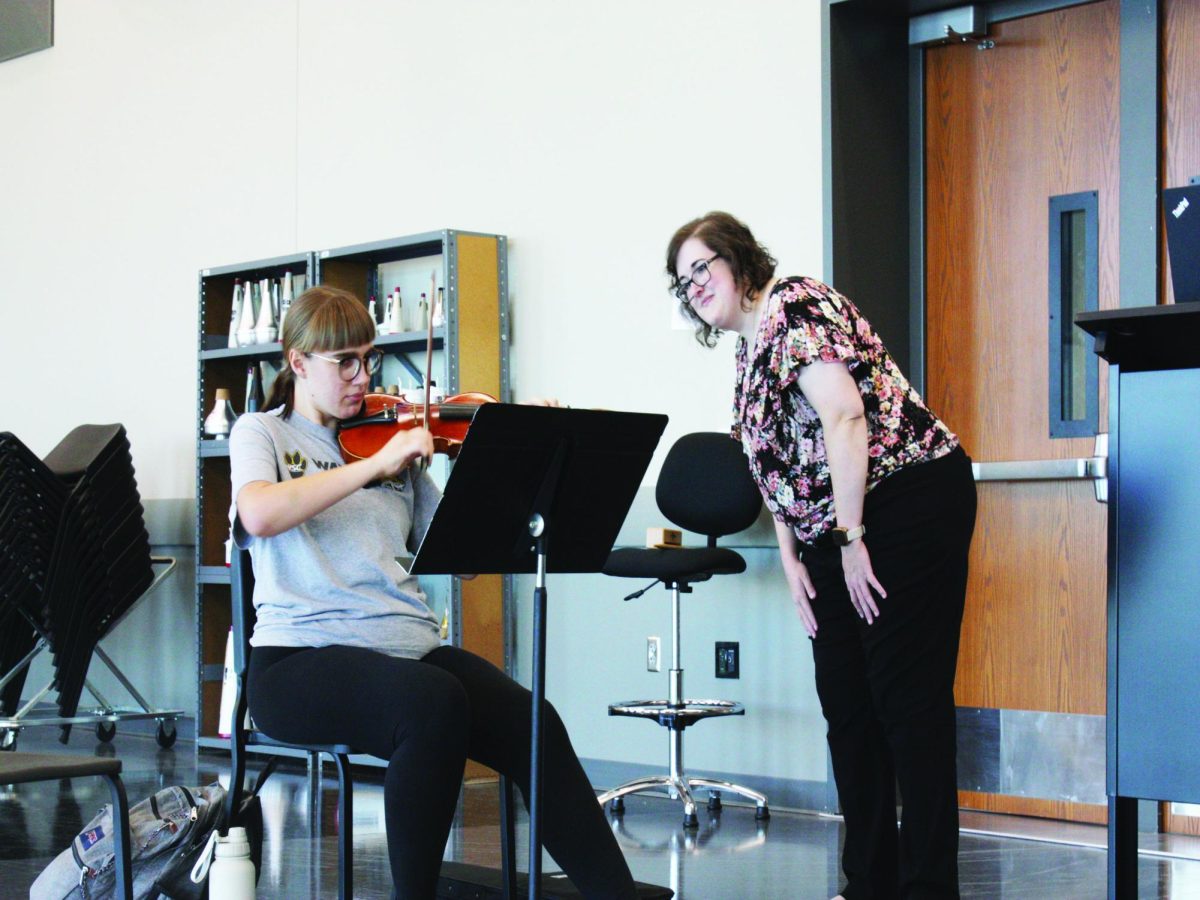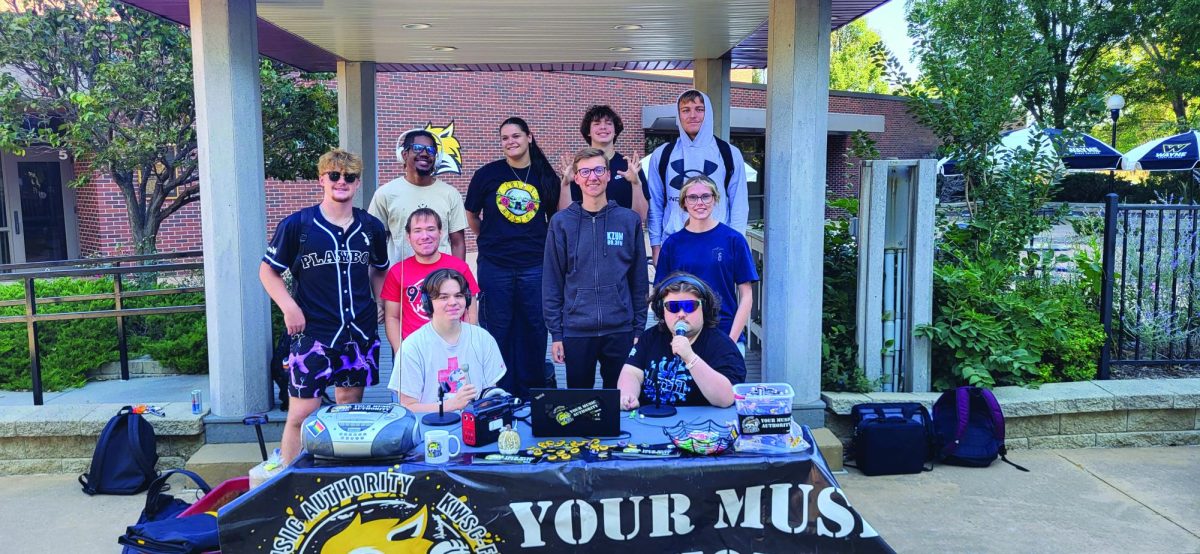Could gender-inclusive housing come to WSC?
February 4, 2015
For most new college students, the idea of having a roommate is an exciting one, if not slightly nerve-racking. At Wayne State, we’re put in touch with our future co-inhabitant(s) and told to communicate about who is providing a fridge, a microwave or whatever other essential supplies incoming freshmen bring with them.
We all hope to be paired with someone we’ll get along with, someone who will quickly become a friend so that we don’t have to be completely alone when we strike out to start this new part of our lives. Some students have the chance to skip the hassle and pick who they’ll be rooming with, such as a friend from high school or someone they already know here at Wayne.
For others, however, the anxiety that can come with a new roommate is worse than average.
When I came to Wayne State College as a freshman in fall of 2011, I’d been keeping my gender and sexuality a secret from everyone but close friends and one of my sisters for my entire life. I had no intentions of staying in the proverbial closet while at college and had always seen graduating high school as that moment when I could finally just be myself, when I could cut my hair short, wear clothes I actually liked and finally introduce my parents to the girl I was secretly dating during high school.
But the idea of having a roommate that might hate me for who and what I am was terrifying. Would she move out? Would she demand I move out? My parents would probably have to get involved, and I wasn’t ready to tell them yet, and what if all that started rumors on campus that would keep me from making any friends? It could have been a disaster, and I consider myself lucky to have the large group of understanding, supportive friends that I’ve made over the last three and a half years living in Wayne.
Now that I live off campus, I don’t have to worry about living with someone who isn’t going to accept me, but that doesn’t mean other students won’t face the same challenges and questions that I did.
As the LGBT+ community gains exposure and rights in America, the plights of its members become more and more apparent to the nation at large, and some institutions are taking steps. More specifically, institutions like the University of Nebraska at Lincoln.
In the past, dorm assignments and roommates at UNL were determined by a person’s assigned sex—whether they were designated male or female at birth—which left only three options for those whose gender doesn’t match their birth certificates: room with people who don’t match their gender, live alone, or go somewhere else.
Starting next fall, however, UNL housing options will include “gender-inclusive” dorms for transgender students in order to make it easier for them to be involved on campus and succeed as students. To start, the university is setting aside a four-person suite and a two-bedroom apartment, and will adjust the number and kinds of rooms available for gender-inclusive housing once they can gauge how much interest there is.
While UNL’s program` is just getting started, over 150 other colleges and universities already have housing that isn’t dependent on students’ assigned sex.
This is more common on the coasts, but some Midwestern schools, including Iowa State University, the University of Wisconsin and the Ohio State University, offer gender-neutral choices.
So far, UNL is the only Nebraska college to have publicized these options, though a spokesman from UNO claims they are considering offering gender-inclusive housing next fall.
Wayne State’s Pride group made an attempt to create these housing options for students about a year ago, but plans fell through and nothing was ever officially accomplished.
Terms to note: Definitions
LGBT, LGBTQ, LGBTQA, TBLG: Lesbian, Gay, Bisexual, Trans-gender, Queer or Questioning, and Asexual. All of the different identities within “LGBT” are often lumped together, but there are specific needs and concerns related to each individual identity.
Coming Out: The constant, life-long process of acknowledging one’s sexual orientation and/or gender identity to other people.
Gender identity: The sense of “being” male, female, genderqueer, agender, etc. It is important to note that gender identity, biological sex, and sexual orientation are separate and that you cannot assume how someone identifies in one category based on how they identify in another category.
Gender expression: The ways we each manifest masculinity or femininity: hair style, clothing, posture, etc. Our appearance, speech, behavior, movement, and other factors signal that we feel – and wish to be understood – as masculine or feminine, or as a man or a woman.
Intersex: A person whose sexual anatomy or chromosomes do not fit with the traditional markers of “female” and “male.” For example: people born with both “female” and “male” anatomy (penis, testicles, vagina, uterus); people born with XXY.
Genderqueer: People who fall outside the sexual binary (i.e. “men” and “women”). Genderqueer may also refer to people who identify as both transgender AND queer, i.e. individuals who challenge both gender and sexuality regimes and see gender identity and sexual orientation as overlapping and interconnected.
In the closet: Keeping sexual orientation or gender identity a secret from some or all people.
Transgender: An umbrella term for all people who do not identify with their assigned gender at birth or the binary gender system. This includes transsexuals, cross-dressers, genderqueer, drag kings, drag queens, two-spirit people, and others. Some transgender people feel they exist not between, beyond, or outside of those two genders.







